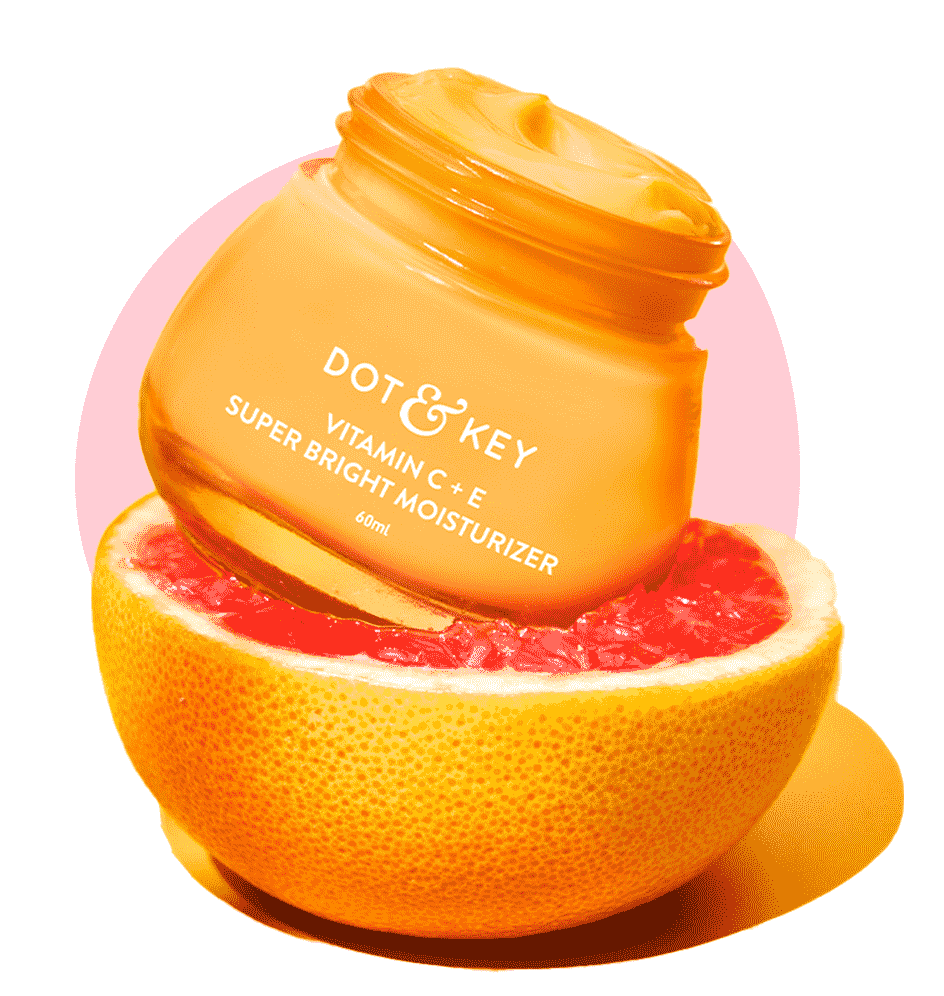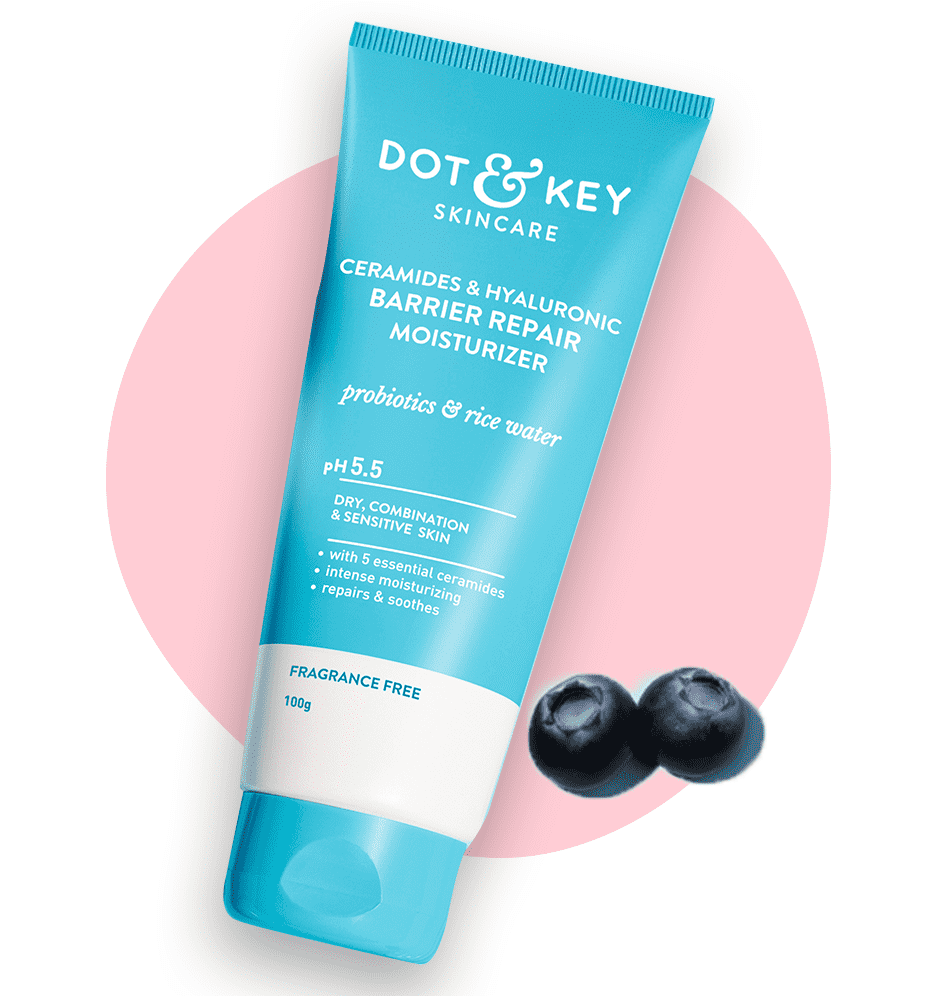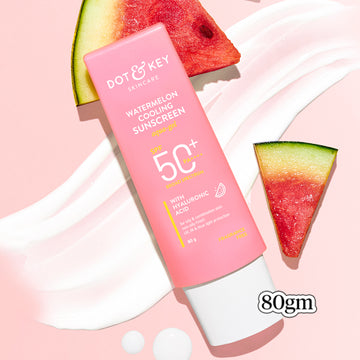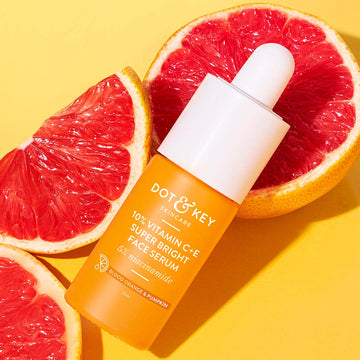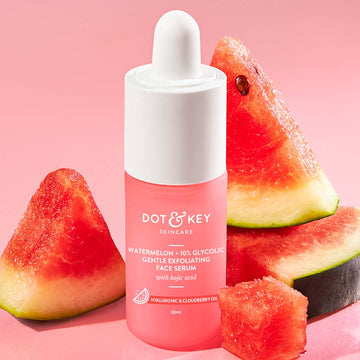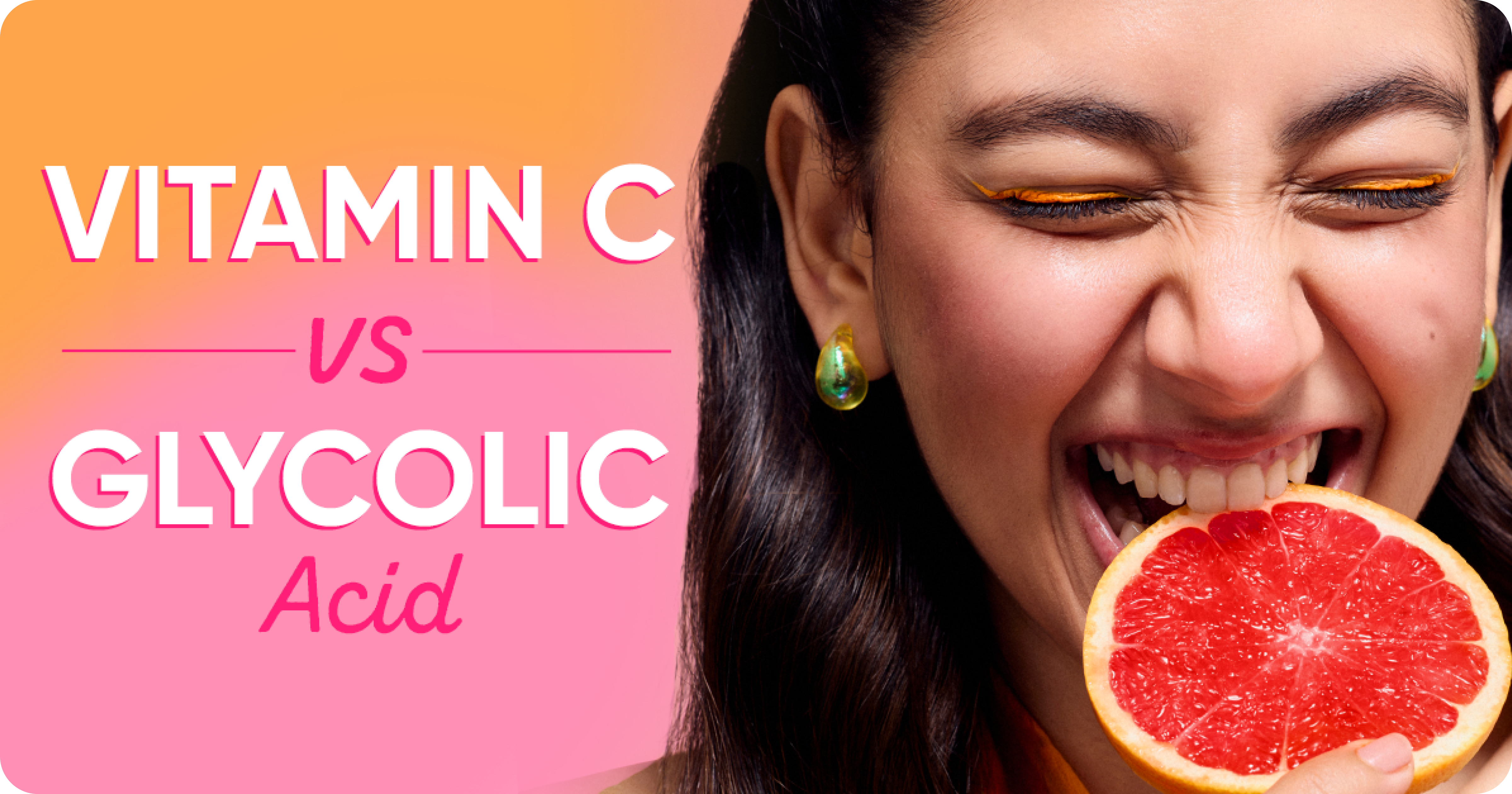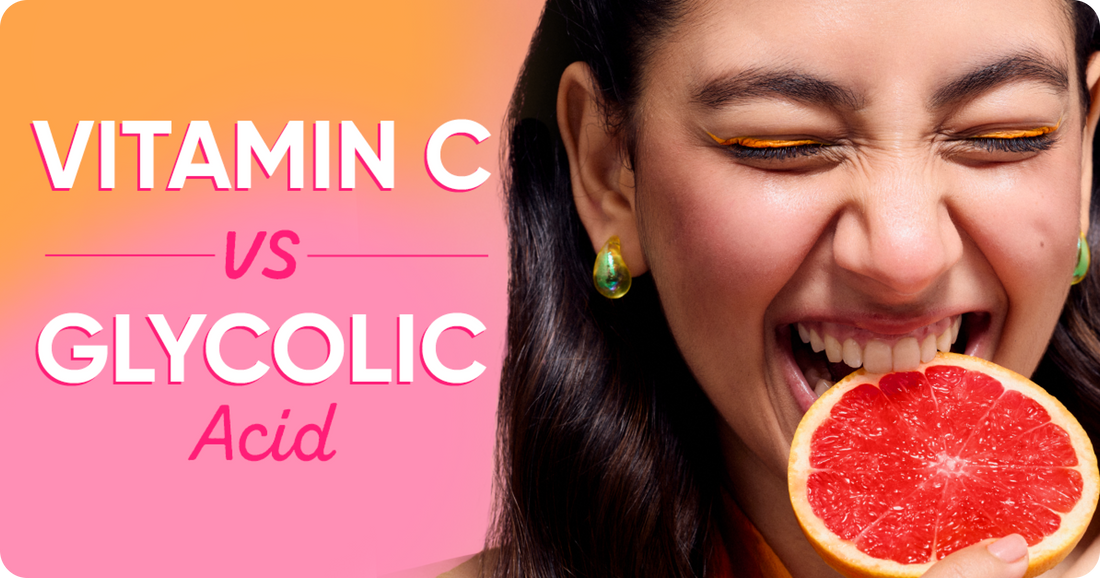
Glycolic acid and vitamin C are two widely celebrated skincare ingredients, but they serve different purposes. Glycolic acid is a chemical exfoliant that smooths and brightens the skin, while vitamin C is an antioxidant that protects against environmental damage and enhances radiance. Choosing between them—or using them together—depends on your skin type and specific concerns.
Here’s a detailed comparison of glycolic acid and vitamin C to help you decide which ingredient is right for your skincare routine.
What is Glycolic Acid?
Glycolic acid is an alpha-hydroxy acid (AHA) derived from sugarcane. It exfoliates the skin by dissolving the bonds between dead skin cells, revealing a smoother and brighter complexion.
Key Benefits of Glycolic Acid:
- Exfoliates Skin: Removes dead skin cells to improve texture and tone.
- Brightens Complexion: Reduces dullness and enhances radiance.
- Fades Hyperpigmentation: Treats dark spots, melasma, and acne scars.
- Stimulates Collagen Production: Improves elasticity and reduces fine lines.
- Preps Skin for Other Products: Enhances the absorption of serums and moisturizers.
What is Vitamin C?
Vitamin C (ascorbic acid) is a powerful antioxidant that protects the skin from free radical damage caused by UV rays and pollution. It’s also known for its brightening and anti-ageing properties.
Key Benefits of Vitamin C:
- Brightens Skin Tone: Reduces dark spots and evens out skin tone.
- Fights Free Radicals: Protects against environmental stressors like UV rays and pollution.
- Stimulates Collagen Production: Reduces fine lines and promotes firmer skin.
- Enhances Radiance: Gives skin a natural, healthy glow.
- Improves Sun Protection: Boosts the effectiveness of sunscreen when layered.
How They Compare
| Feature | Glycolic Acid | Vitamin C |
|---|---|---|
| Primary Function | Exfoliation and smoothing. | Brightening and antioxidant protection. |
| Skin Type | Best for normal, dry, and ageing skin. | Suitable for all skin types, especially dull or pigmented skin. |
| Brightening | Brightens by removing dead skin cells. | Brightens by reducing pigmentation and enhancing glow. |
| Exfoliation | Chemical exfoliation for smoother texture. | Non-exfoliating; works on deeper pigmentation. |
| Anti-Ageing Benefits | Stimulates collagen and reduces fine lines. | Stimulates collagen and protects against ageing caused by free radicals. |
| Hyperpigmentation | Fades dark spots gradually. | Reduces pigmentation and prevents further discolouration. |
| Irritation Potential | Moderate; may cause dryness or redness. | Low to moderate; may irritate sensitive skin at high concentrations. |
| Frequency of Use | 2–3 times a week initially; increase as tolerated. | Safe for daily use, typically in the morning. |
Which is Better for Your Skin?
The choice depends on your skin concerns and goals:
Choose Glycolic Acid If:
- Your primary concern is dullness, rough texture, or uneven tone.
- You want to exfoliate and improve skin texture and pigmentation.
- You’re targeting surface-level hyperpigmentation or post-acne scars.
- You have normal to dry skin that can tolerate ber exfoliation.
Choose Vitamin C If:
- You’re focused on brightening and preventing environmental damage.
- Your skin is exposed to UV rays or pollution, and you want antioxidant protection.
- You’re targeting deeper pigmentation or want an overall glow.
- You’re looking for a product to use daily in the morning.
Can You Use Glycolic Acid and Vitamin C Together?
Yes, but they must be used carefully to avoid irritation. Both ingredients are acidic, and layering them incorrectly can disrupt your skin’s pH balance, leading to sensitivity.
How to Use Them Together:
- Alternate Days: Use glycolic acid one night and vitamin C in the morning or the next day.
- Morning vs. Night: Use vitamin C in the morning to protect against free radicals and glycolic acid at night to exfoliate.
- Layer with Caution: If using in the same routine, apply glycolic acid first, wait 20–30 minutes for the skin to balance its pH, and then layer vitamin C.
- Hydrate and Protect: Always follow with a moisturizer and sunscreen, especially when using glycolic acid.
Who Should Use Both?
- Dull, Pigmented Skin: Glycolic acid smooths texture, while vitamin C brightens and protects.
- Ageing Skin with Sun Damage: Glycolic acid reduces fine lines, and vitamin C boosts collagen and prevents free radical damage.
- Combination Skin: Use glycolic acid on rough or dull areas and vitamin C to enhance radiance.
Common Mistakes to Avoid
-
Overusing Glycolic Acid:
Too much exfoliation can lead to irritation and a weakened skin barrier. Start slow. -
Layering Incorrectly:
Using both without considering pH balance can cause sensitivity. Alternate their use if irritation occurs. -
Skipping Sunscreen:
Both ingredients increase sun sensitivity, making SPF essential.
Science Backing
- Glycolic Acid: Studies in the Journal of Dermatological Science highlight glycolic acid’s ability to exfoliate, brighten, and stimulate collagen production.
- Vitamin C: Research in the Journal of Clinical and Aesthetic Dermatology confirms vitamin C’s antioxidant properties and its role in brightening and protecting skin.
- Combination Use: Dermatologists recommend pairing glycolic acid and vitamin C in separate routines for a comprehensive approach to improving skin tone and texture, as noted in the Journal of Cosmetic Dermatology.
Conclusion
Both glycolic acid and vitamin C are excellent skincare ingredients, but they address different concerns. Choose glycolic acid for exfoliation, smoothing, and brightening dull or rough skin. Opt for vitamin C if you’re looking for daily protection, radiance, and antioxidant benefits.
FAQs About Glycolic Acid and Vitamin C
1. Should I Use Glycolic Acid or Vitamin C First?
If using them in the same routine, apply glycolic acid first, let it absorb fully, and then follow with vitamin C.
2. Can I Use Them Every Day?
- Glycolic Acid: Start with 2–3 times a week and increase as tolerated.
- Vitamin C: Safe for daily use, typically in the morning.
3. Do They Work for All Skin Types?
Yes, but glycolic acid is better for normal to dry skin, while vitamin C works well for all skin types, especially those prone to dullness or pigmentation.








